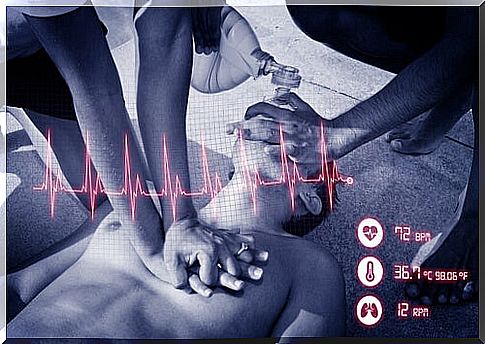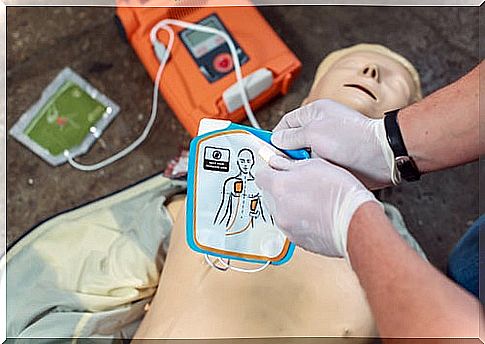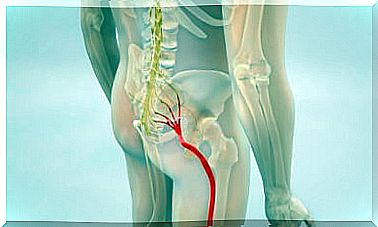Keys To Act If You Witness A Cardiorespiratory Arrest
Cardiorespiratory arrest is a situation in which a person’s breathing and blood circulation suddenly stop. It is a critical moment that puts the life of those who suffer it at risk. However, it is potentially reversible.
What does this mean? That it is potentially reversible means that if you act quickly and correctly you can save that person’s life. However, it is not like in the movies. Cardiorespiratory arrest is something that is surrounded by myths.
In fiction, when someone starts CPR, the person suddenly wakes up like nothing. This is quite far from the truth. Faced with a real cardiorespiratory arrest, consciousness can only be returned by electrical stimulation to the heart.
The truth is that, if we know how to act correctly before this, we can really save someone’s life. Therefore, in this article we explain what to do before a cardiorespiratory arrest using some simple keys.
How important is it to know how to act in the face of cardiorespiratory arrest?
When a person suffers a cardiorespiratory arrest, both their blood circulation and their breathing stop. This means that oxygen does not reach all parts of the body. If this situation continues for more than 6 or 8 minutes, the brain suffers serious damage.
Here is the importance of acting quickly. Unfortunately, 80% of cases occur outside of the healthcare environment. In fact, almost 60% are produced in the person’s own home. Currently, it is estimated that only 6 out of 100 Spaniards know how to act in this situation.
What to do before a cardiorespiratory arrest is to provide that person with basic life support. That is, it is about replacing the functions that that person has lost through simple measures.
The idea is to keep the oxygen flowing and the blood circulating until the toilets arrive. They will be in charge of stimulating the heart again to try to reverse the situation.

What to do before a cardiorespiratory arrest?
The first thing, in order to act, is to know how to recognize this situation. If we are facing an unconscious person, we must try to stimulate him to see if he regains consciousness. It is important to call out and shake that person intensely.
Also, make sure you are in a safe environment. If, for example, it is lying in the middle of the road, it is essential to place it away from danger. Ideally, try to contact an emergency service as soon as possible.
However, if you are sure that he is in cardiac arrest, there is no need to waste time. That person should be placed on his back, subtly pushing his head back. Thus, the airway is kept open, holding the forehead with one hand and the chin with the other.
When you contact the emergency service, it is important to explain all the details of the situation. Also, their instructions should be followed. If you are not alone, ideally someone else will find the closest defibrillator.
Semi-automatic defibrillators are commonly found in many public places. In any case, while someone gets it or the health services arrive, it will be necessary to start cardiopulmonary resuscitation.

How is resuscitation performed?
CPR consists of chest compressions and ventilating the person. To do the compressions you have to stand on top of him or her. With arms outstretched, hands are placed in the center of the chest.
30 forceful rhythmic compressions are performed. At that moment, breathe in on the mouth of the unconscious person and blow the air forcefully. The protocol indicates to perform two ventilations and continue with compressions.
This is a simple but comprehensive maneuver. For this reason, it is important that, if there is someone nearby, the rescuers relieve each other and regain strength. The truth is that, by learning to do these maneuvers well, we can save someone’s life.









